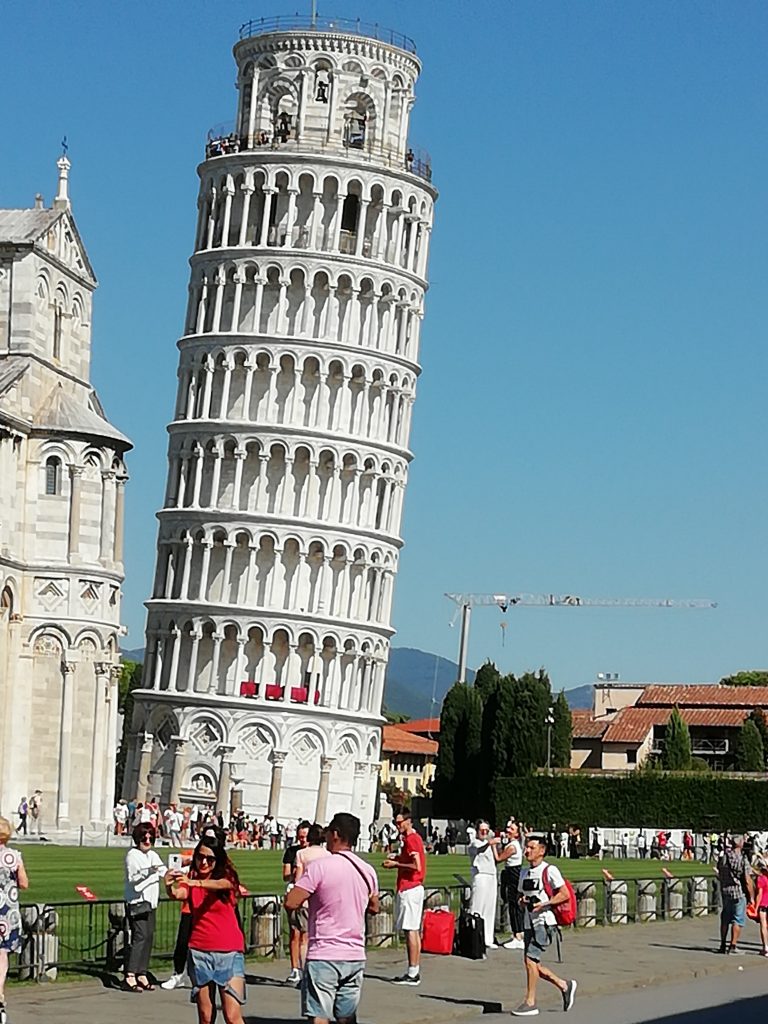
The Leaning Tower of Pisa is a world-famous landmark located in Pisa, Italy. The tower is known for its distinctive lean, which has made it a popular tourist attraction for many years. The lean of the tower is a result of several factors, including its location, the construction methods used, and the geological characteristics of the surrounding soil.
The Tower of Pisa was built in the 12th century as a bell tower for the nearby cathedral. The construction of the tower began in 1173 and continued for over 200 years. The tower was built on a shallow foundation of soft soil, which is typical of the region. However, the soft soil caused the tower to sink and tilt during construction, leading to the famous lean.
The tower’s lean continued to increase over the years, and by the early 1990s, it was leaning at an angle of 5.5 degrees. This posed a serious risk to the tower’s stability and safety, and urgent action was needed to prevent the tower from collapsing. Several measures were taken to stabilize the tower, including the removal of several hundred tonnes of soil from beneath the tower’s foundations.
The most significant stabilization effort was a complex engineering project carried out between 1993 and 2001. The project involved a team of engineers and architects from around the world who worked to reduce the tower’s lean and prevent it from falling over. The team began by drilling small holes around the base of the tower and injecting cement grout into the soil to improve its stability.
Next, a series of steel cables were attached to the tower, and hydraulic jacks were used to gradually pull the tower back into a more upright position. The tower was also anchored to the ground using massive weights to counterbalance the lean. These weights were placed on the opposite side of the tower from the lean, effectively pulling the tower back towards its original position.
The stabilization project was a success, and the tower’s lean was reduced by 17 inches (43 cm). The tower is now stabilized, and visitors can climb to the top of the tower to enjoy the view of the surrounding countryside. However, the lean is still visible, and the tower will continue to be monitored to ensure its ongoing stability.
In conclusion, the Leaning Tower of Pisa is an iconic landmark that has fascinated visitors for centuries. Its distinctive lean is a result of several factors, including the soft soil beneath the tower’s foundations. The tower’s lean posed a serious risk to its stability, and a complex engineering project was carried out to stabilize the tower and prevent it from falling over. Today, the tower is a testament to human ingenuity and the power of engineering to overcome even the most challenging problems.
